Jupiter’s Moon Hit By Asteroid Bigger Than The Dinosaur-Killing One
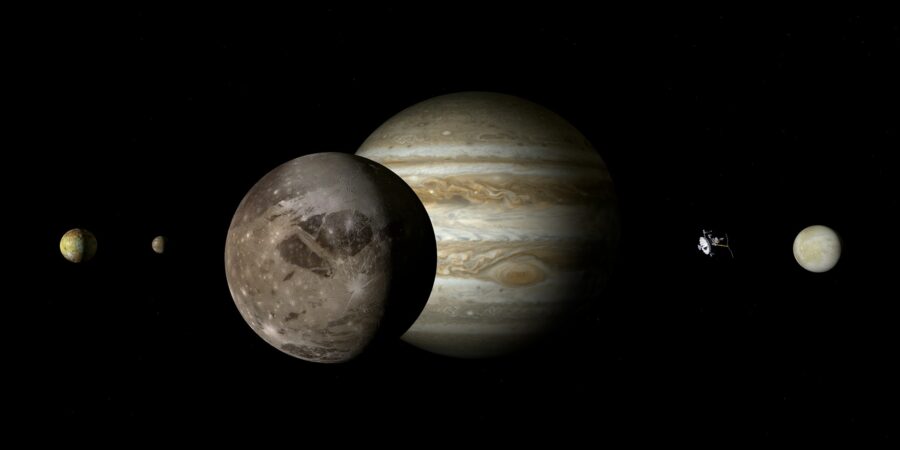
The prevailing theory is that the existence of the dinosaurs came to an end as a result of an asteroid hitting the Earth and wiping out much of the life on the planet at the time. Given that the asteroid was capable of such devastation, it makes it difficult to envision how huge it must have been. So, it has stunned the scientific community to learn that Jupiter’s moon, Ganymede, was once struck by an asteroid 20 times the size of the one that wiped out the dinosaurs.
A Titanic Hit
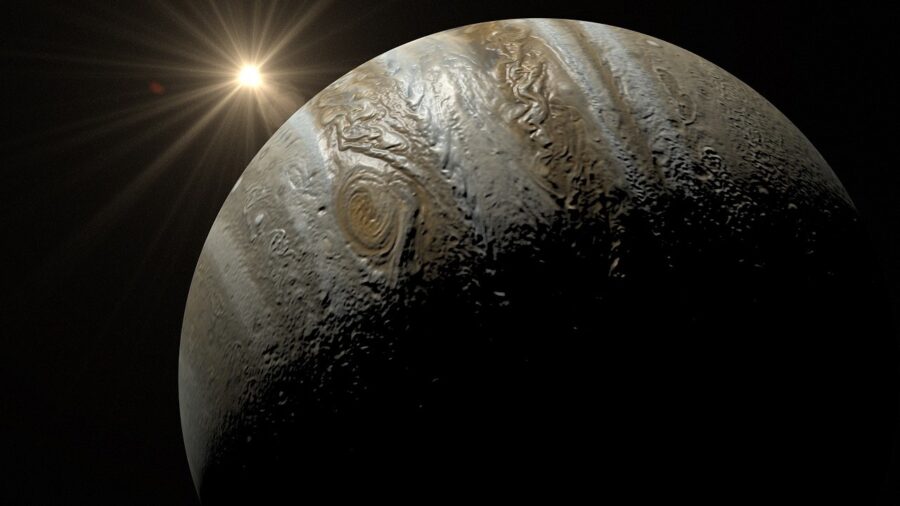
The impact of the asteroid on Ganymede is believed to have occurred about 4 billion years ago. Obviously, it was not enough to destroy the moon, as it still exists to this day, but scientists do believe the impact was severe enough to make the moon swing on its axis and spin around. Ganymede was likely able to withstand the blow because it happens to be the largest moon in our solar system.
Thousands Of Miles Of Damage
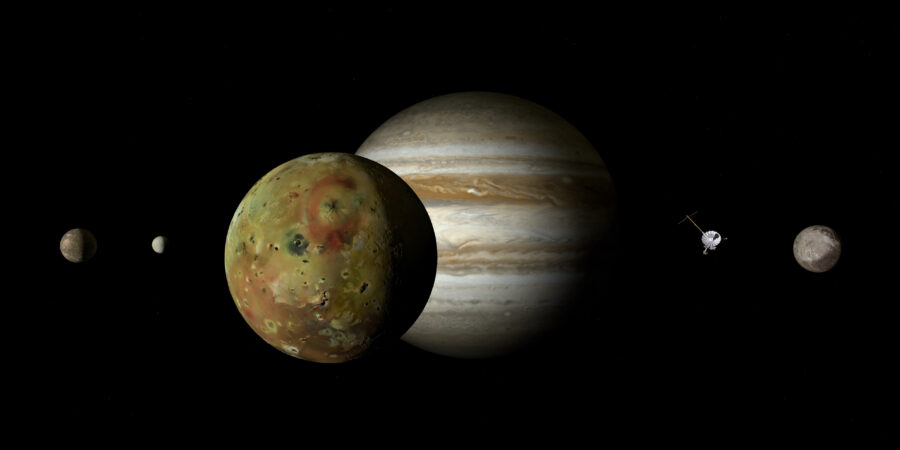
The damage caused to Ganymede as a result of the asteroid is still incredible. According to scientists, the asteroid hit with such force that it created a crater 1,000 miles wide. For comparison, Ganymede itself is only around 3,000 miles wide, meaning the damage would have impacted a third of the entire moon.
According to computer simulations of what size an asteroid would have to be to cause that level of damage, it would have been nearly 200 miles in size. Obviously, this is not the kind of event that occurs frequently, so scientists have become very interested in exploring Ganymede and finding out if it truly was a gigantic asteroid that caused such damage to the moon.
Exploring The History Of The Solar System
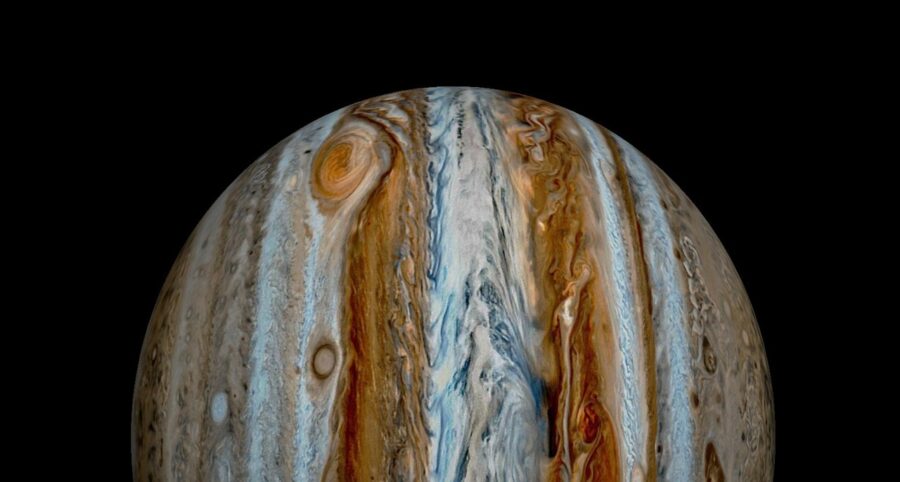
While the prevailing theory for Ganymede’s current state is indeed the asteroid explanation, researchers are still open to other possibilities. That is part of the mission behind the European Space Agency sending out the Juice probe to Jupiter and its surrounding moons last year to gain more information.
Given the length of time that has elapsed between now and the believed impact, it will be difficult to piece together many of the events. But scientists hope that the probe sent to Ganymede can shed light on the asteroid theory and how significantly such an impact would have changed the terrain and composition of the moon.
A New Mission To Jupiter
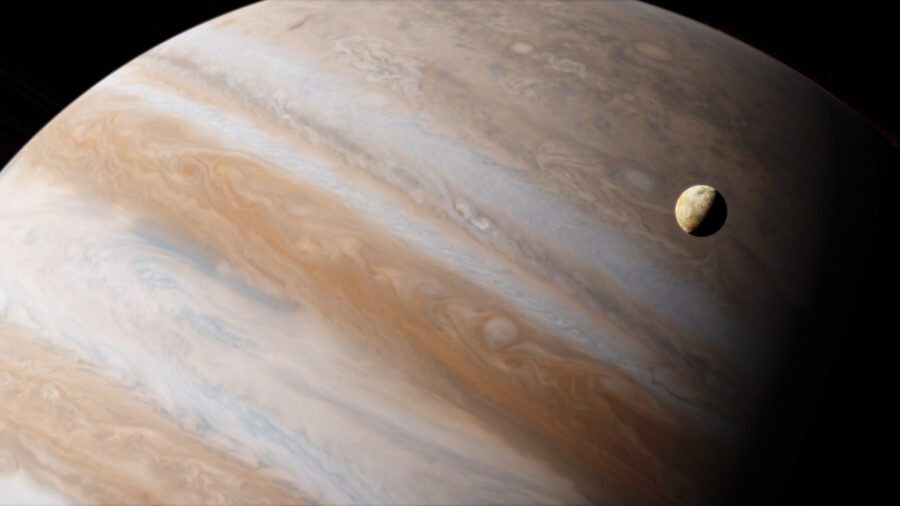
Professor Leigh Fletcher, a planetary scientist at the University of Leicester, said of the mission to The Guardian, “This is a neat attempt to rewind the clock via computer simulations, searching for an explanation for the distribution of scars across Ganymede.” If Ganymede was devastated in some other way beyond an asteroid, it is not something current science has an explanation for.
Fletcher went on to say, “Not only will it produce the best images of the surface fracturing ever obtained, but any remnants of this impact and reorientation, in Ganymede’s shape or gravity field, could be explored by Juice’s suite of instruments.” He furthermore made it clear that this would be the best opportunity to find evidence for the theory of Ganymede being struck by such a huge asteroid. “The Juice observations will provide excellent new constraints on this ‘impact and reorientation’ hypothesis.”
Questions About The Asteroid That Struck Earth
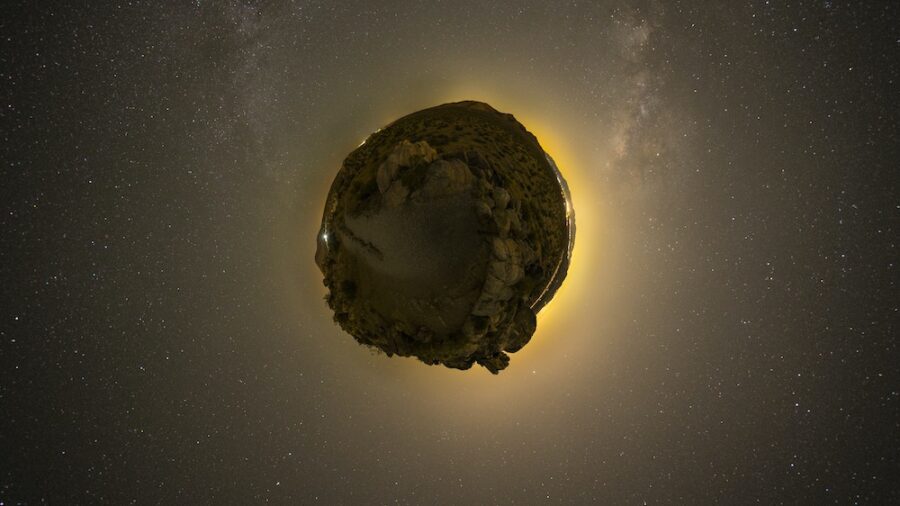
While there is no life that we know of that was wiped out on Ganymede as a result of the supposed asteroid strike, it could still provide invaluable information about the asteroid that struck our own planet. Beyond killing off the dinosaurs, did the asteroid that hit Earth alter the orbit of the planet or permanently alter the terrain? We may be one step closer to learning the truth.
Source: The Guardian












